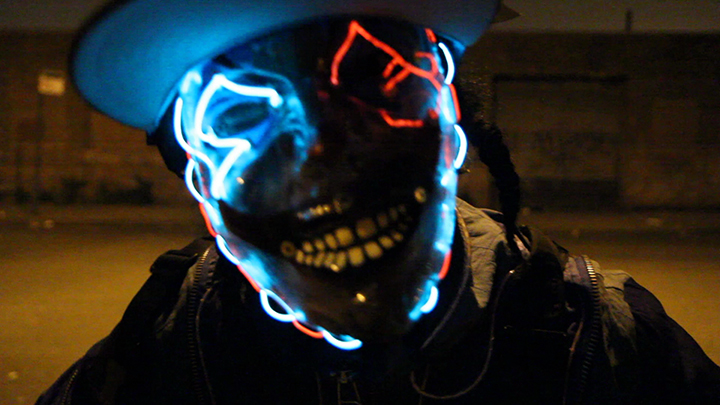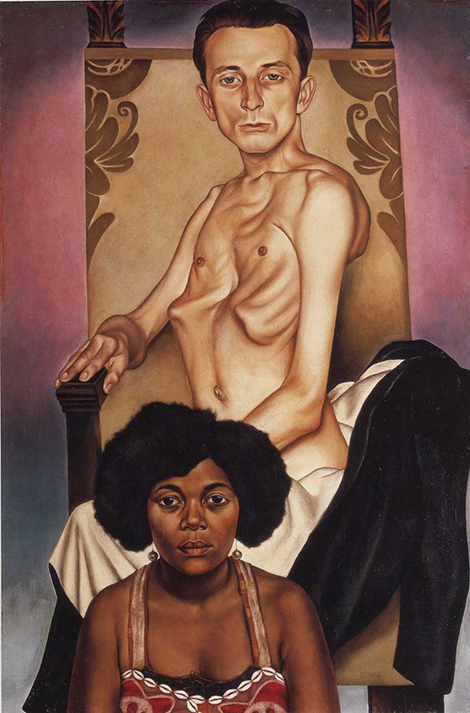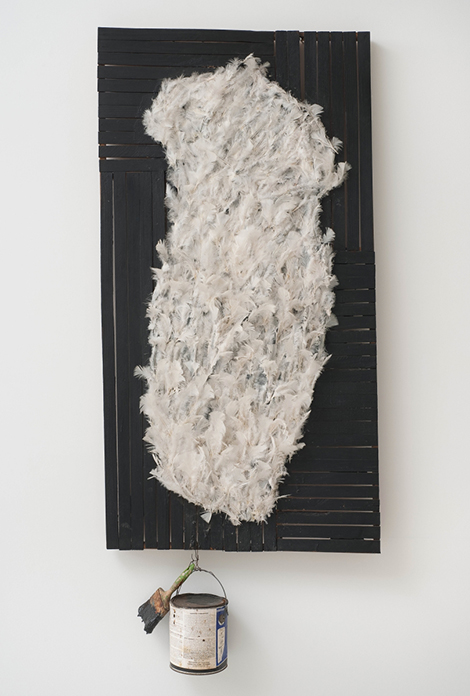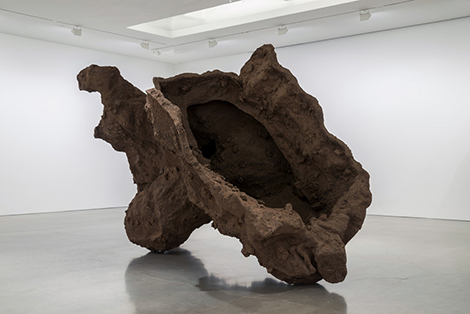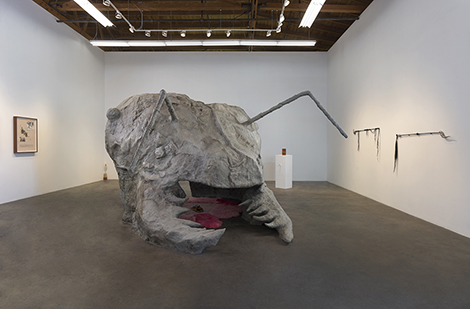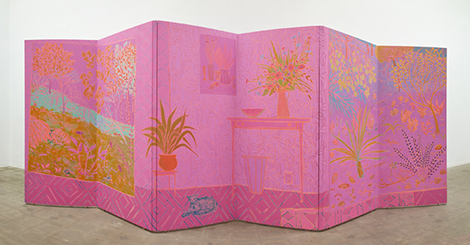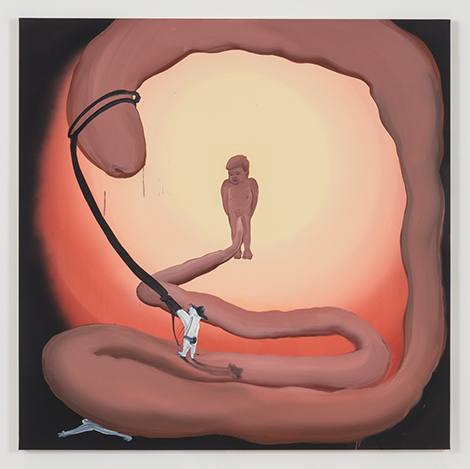We live in interesting times—possibly the end of time, or at least the end of history as humans have conceived it over the last few millennia (an irony Francis Fukuyama never considered in the dislocated thesis for his 1989 essay and 1992 book, nor for that matter many of his critics). These epochal changes have been accompanied by a shift of consciousness, reflected and complemented by a range of ideas and attitudes observed throughout the culture. The best shows of 2015 addressed this shift in variously distinctive ways, with a view to its impact on our perceptions of and relations to self and society. Whether historical surveys, career retrospectives, or solo/themed gallery shows—all spoke to the way we move through the world, and the way we construct meaning from it.
1. The New Objectivity: Modern German Art in the Weimar Republic, 1919ñ1933
LACMA
ends January 18, 2016
The cool matter-of-fact appraisals of the post-Expressionist Weimar Republic artists held up an uncanny distant mirror to the still colder, frank and culturally self-conscious gaze of contemporary artists and their evolving relations to self and society.
2. Noah Purifoy: Junk Dada
LACMA
ends January 3, 2016
At a moment when the old dialectics of formalism seemed trite and exhausted, it was nothing short of miraculous to come upon work—mostly produced in the last century—that merged a native Dada sensibility (borne out of the legacy of the African-American holocaust) with an expansive postmodern vocabulary both figurative and abstract.
3. Anish Kapoor
Regen Projects
February, 2015
In a year when we were confronting the advent of a new geologic age defined by the human imprint, Kapoor made a work, as meditative as it was monumental, addressing that imprint and our consciousness of it the centerpiece of his exhibition here; making reference, beyond the expected perceptual and gravitational reversals, to the carnage and delirium that must inevitably flow from it.
4. Candice Lin: You are a spacious fluid sac
François Ghebaly
September, 2015
Having reached that tipping point that defines the age as Anthropocene, Lin’s recent show fastened on curiosities that might reconfigure the human view of its toxic symbiosis in the biosphere (e.g., forbidding objects that alluded to traumatic insemination), its unrelenting extractions and pollutions—with a centerpiece that beckoned viewers to a cozy look at their future.
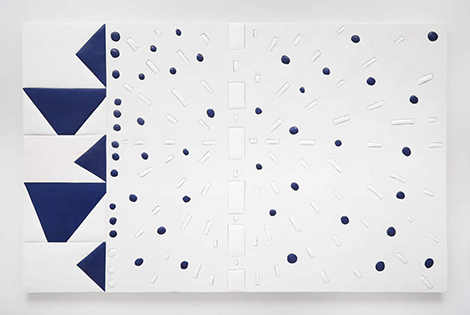
Sadie Benning, “Explosion”, 2014, Courtesy of Susanne Vielmetter Los Angeles Projects, Photo: Chris Austin
5. Sadie Benning: Fuzzy Math
Susanne Vielmetter Los Angeles Projects
January, 2015
Notwithstanding references to sets, sequences, intervals, geometries and the like, there was nothing fuzzy in references as proto-linguistic and structural as they were mathematical; and ambiguities reduced to Steinbergian conundrums with rigor and (dare I say?) mathematical elegance.
6. John McAllister: Sultry Spells Rapture
Richard Telles Fine Art
September, 2015
McAllister’s singular French-Japanese hybrid surrendered, as the show’s title suggested, to the sheer rapture of an uninterrupted field of artifice levitating between its envelope of pattern and decoration and idyll of manicured nature, with the luxuriance of an irradiated hothouse and subaquatic palette that owed something to late Bonnard, with a nod to Matisse’s abstracted cut-out line.
7. Light, Paper, Process: Reinventing Photography
Getty Center
April, 2015
Beyond the extraordinary quality of the work exhibited, this illuminating show focused principally on its seven artists’ engagement with medium, materials and the technical aspects of their practices; yet throughout, we also see an apprehension poised between physical place, philosophical encounter, and time itself.
8. Tala Madani: Smiley has no nose
David Kordansky Gallery
July, 2015
Acting out and expiating the patriarchy, Madani’s Every(cave)man, ruled by phallus and bodily fluids generally, is illuminated by a radiant Smiley emoji; also interrogated, tortured and crucified—suggesting that the aftermath of patriarchy will be just as messy as the preceding 5,000 years of it.
9. Gyre: The Plastic Ocean
USC Fisher Museum
ends January 3, 2016
It is the signature material of the Anthropocene (and possibly its coffin nail), and literally the widening gyre that, alongside the climate warming that is its twin, threatens to kill the oceans. The show’s archaeological feel is prescient—it could serve as the first such show for the new Jurassic Age that will be the Anthropocene’s last gasp.
10. This Is the End
Hammer Museum (Hammer Projects)
April, 2015
From Loretta Fahrenholz’s view of a throttled New York vibrant even in its death throes, to Ed Atkins’ relentless probing of the gaping wound that is human nature itself, to Tommy Hartung’s oracular, quasi-messianic epic-assemblage chanting us to our final immolation, we were reminded that artists everywhere felt the tipping-point edge of biospheric pathology.
Honorable mentions: William Pope.L Trinket, MOCA; Paperworks, Craft and Folk Art Museum; Raymond Pettibon, Regen Projects; Raku: The Cosmos In A Bowl, LACMA.

